You will need:
- Dinosaur replica toys
- A container filled with water
- A freezer
- A screwdriver & hammer
- Safety glasses
- A metal tray or plate to catch the mess
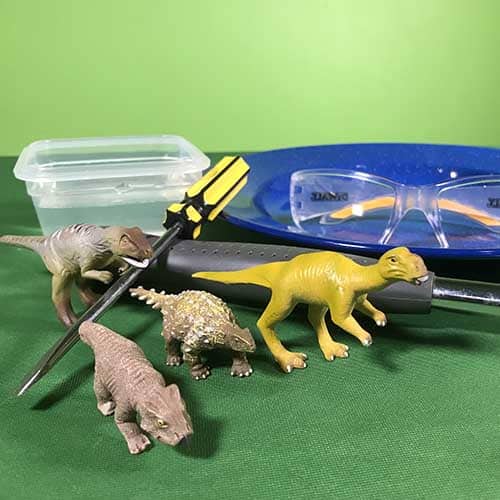
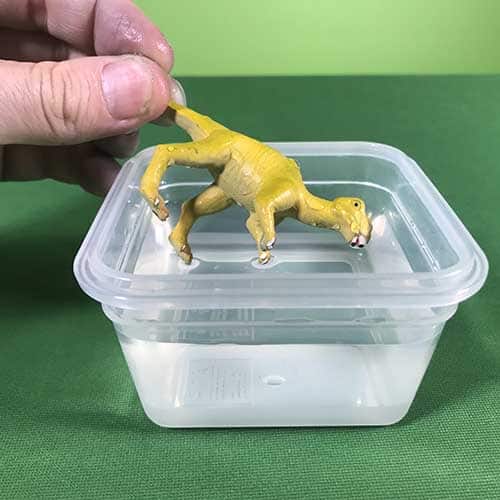
Place your dinosaur replica or bone into a tray of water. We used an Australian Muttaburrasaurus replica for our activity!
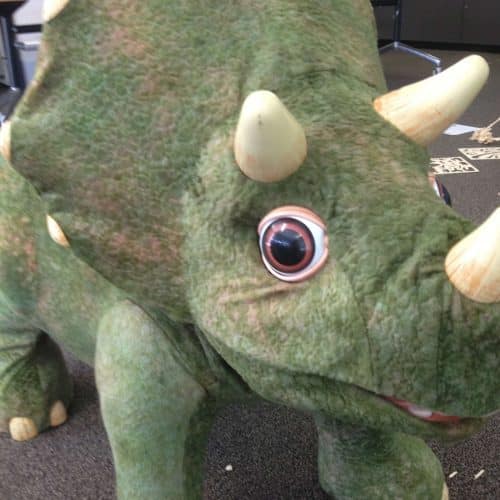
School science visits since 2004!
– Curriculum-linked & award-winning incursions.
– Over 40 primary & high school programs to choose from.
– Designed by experienced educators.
– Over 2 million students reached.
– Face to face incursions & online programs available.
– Early learning centre visits too!
Is this what a real dinosaur dig is like?
Kind of… and then again, kind of not!
A real dinosaur dig can be very different depending on the location that the remains are found. Often the remains are highly fragile and as such the supporting rock matrix around the dinosaur fossil needs to be intact around the fossil so that it can be safely moved in a plaster jacket back to the museum. There are some sites around the world where the dinosaur remains are surrounded for meters by hard rock, in which case the surrounding rock can be carefully chipped away.
In Australia, some fossil specimens can be found on the ground surface whereas others are buried under soil overburden that needs to be removed. In some cases, this soil can be moved by shovels and then fine brushes, in other cases a front end loader is needed.
Find out more about fossil digs in Australia
Listen to Steven Rumbold describing work at the Australian Age of Dinosaurs Museum
Extension ideas
- Colour the water brown and add silt and small pebbles to simulate a rocky matrix.
- Freeze a larger dinosaur skeleton replica and have students place string lines across it horizontally and vertically. These can act as the quadrants that students can work on to remove the various pieces. If you jumble up the skeleton pieces & remove some of the bones all together it’ll be more realistic!
Digging Dinosaurs
Ages 3 to 5 years
Maximum 30 students
Workshop
60 minutes
Dinosaur Parties
Handle real fossils & make your own!
Recreate your own dinosaur dig
Discover Australia's own dinos
Create dinosaur snot and more!
From $395 inc. GST
STEM Full Day Accelerator - Primary
Designed from real classroom experiences, this modular day helps you create consistently effective science learning that directly address the new curriculum with easily accessible and cost-effective materials.
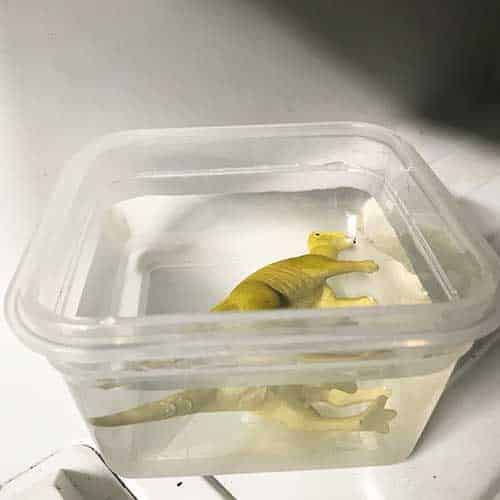
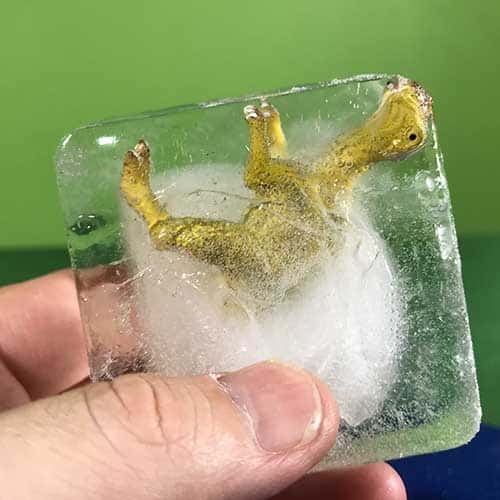
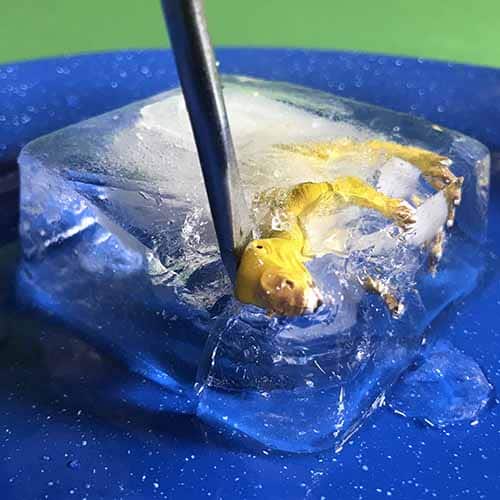
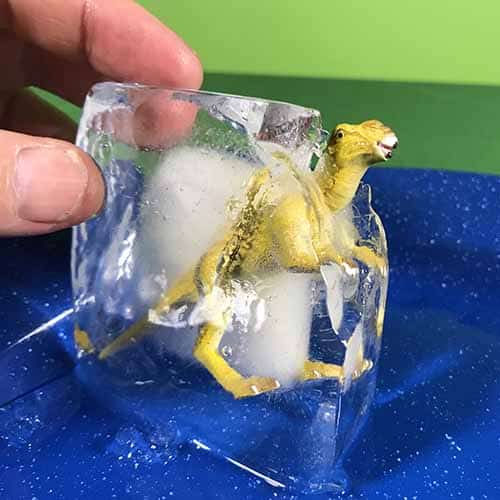
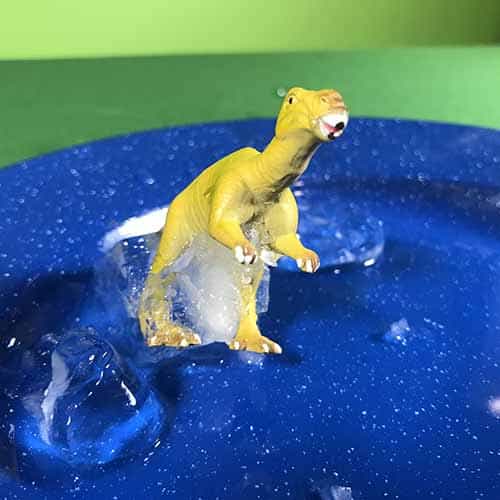

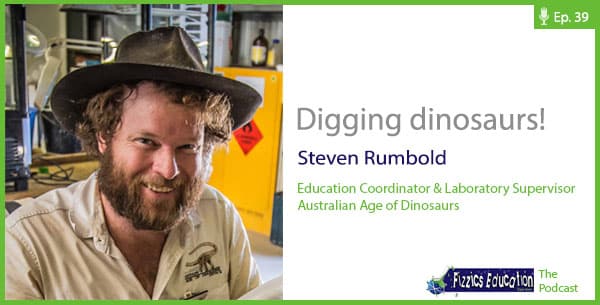
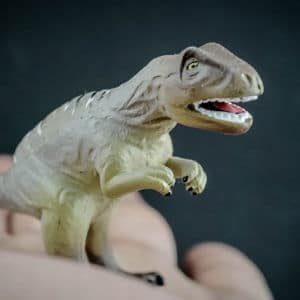























Comments